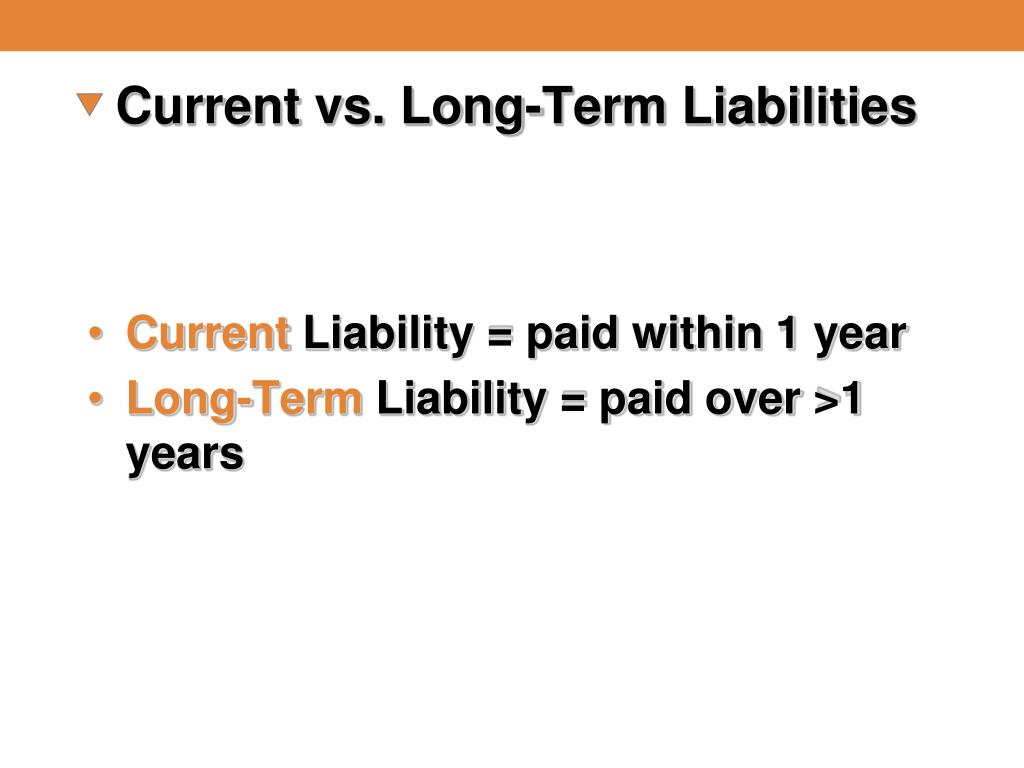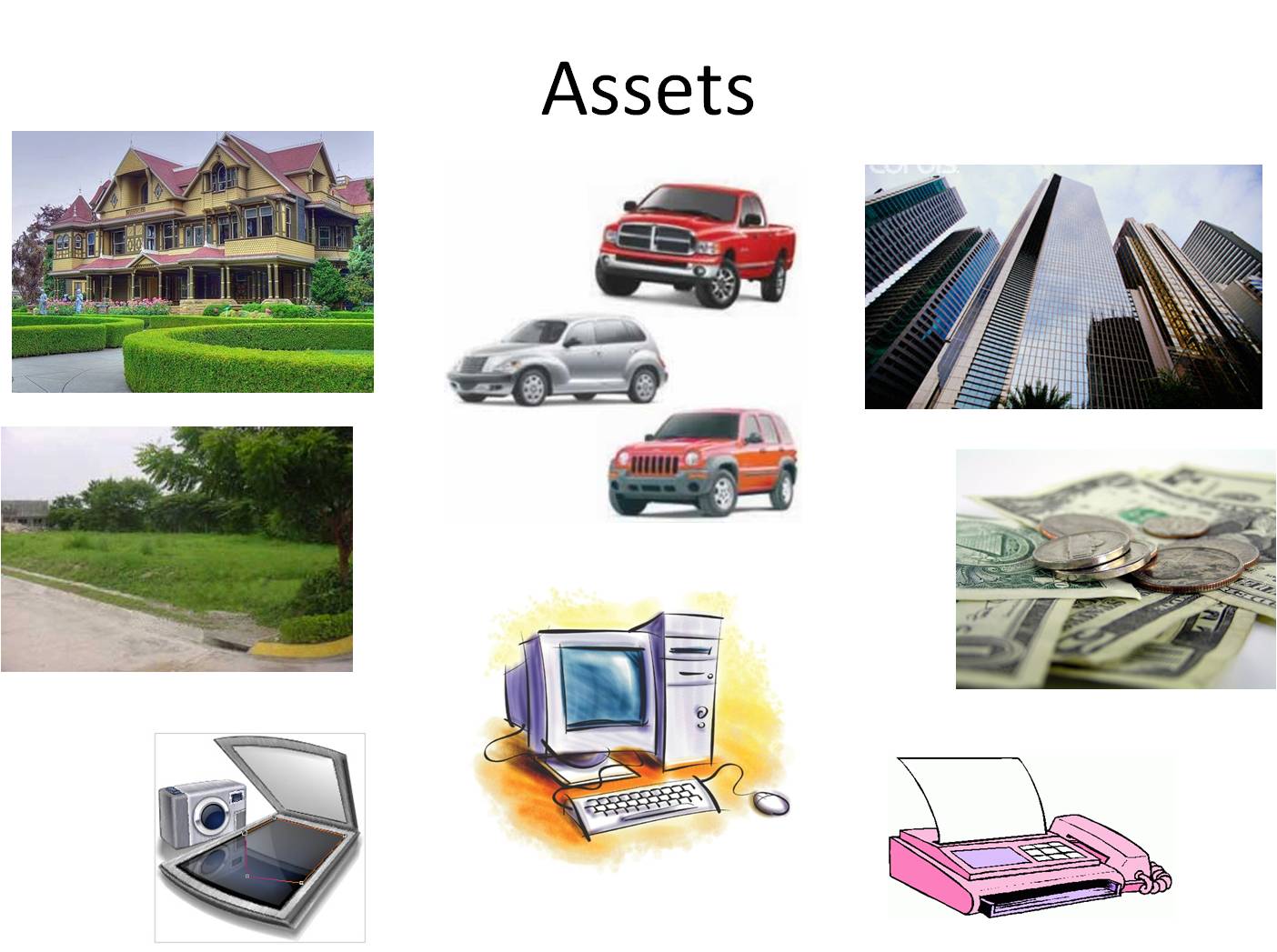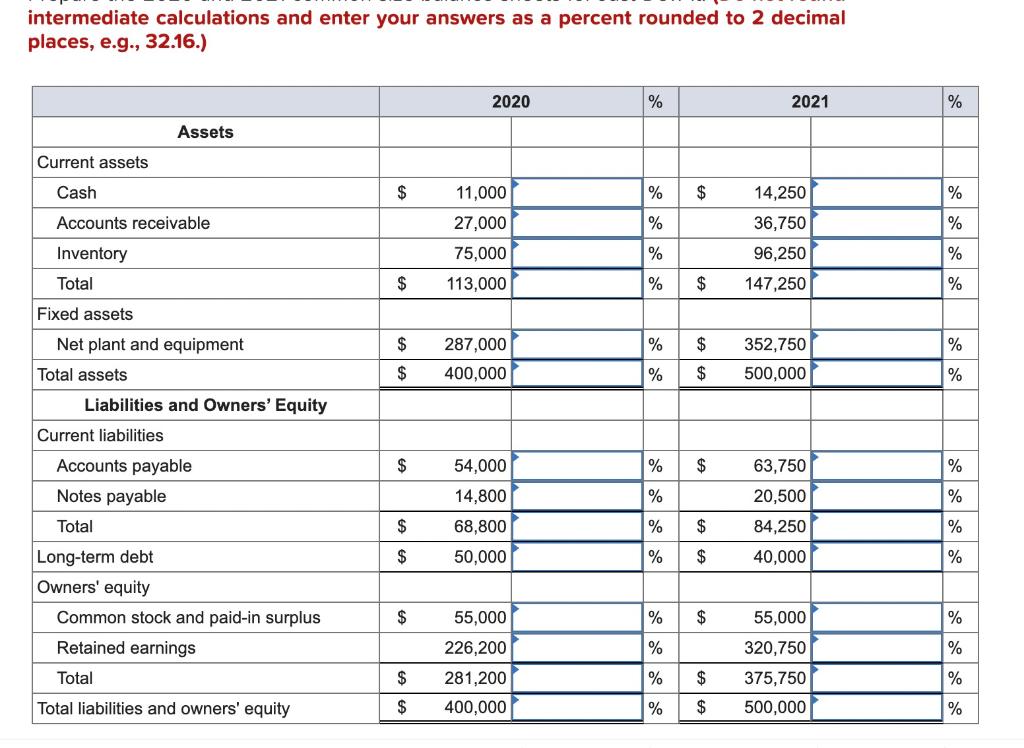Awe-Inspiring Examples Of Info About Current Liabilities And Fixed Example Of Vertical Balance Sheet

Current liabilities could also be based on a company's operating cycle,.
Current liabilities and fixed liabilities. Current liabilities are those short term obligations which are due for payment or settlement by the business within a short period of time i.e., within the next one financial year. The interest rates are fixed and the amounts owed are clear. Debts or liabilities due within one year are known as current liabilities.
Current liabilities are debts a company owes that must be paid within one year. Liabilities are listed at the top of the balance sheet because, in case of bankruptcy, they are paid back first before any other funds are given out. Table of content what are current assets?
For example, company x can have the following current liabilities: Current liabilities are financial obligations of a business entity that are due and payable within a year. What are current liabilities?
Current liabilities are an enterprise’s obligations or debts that are due within a year or within the normal functioning cycle. Current liabilities refer to debts or obligations a company is expected to pay off within a year or less. They are often paid with current assets.
Current liabilities represent amounts that are owed by the business and which are due to be paid within the next twelve months. Working capital ratio = current assets/current liabilities. Below is a list of the most common current liabilities that are found on the balance sheet:
Current liabilities examples are accounts payable, taxes payable, salaries, loans, and other existing debts. Current liabilities are the obligations of the company which are expected to get paid within one year and include liabilities such as accounts payable, short term loans, interest payable, bank overdraft and the other such short term liabilities of the company. Total current liabilities = $1,000 + $2,000 + $500 +.
Examples of current liabilities are trade creditors, bills payable, outstanding expenses, bank overdraft etc. Compare the current liabilities with the assets and working capital that a company has on hand to get a sense of its overall financial health. A major difference between current assets and current liabilities is that more current assets mean high working capital which in turn means high liquidity for the business.
A current liability is a debt or obligation due within a company’s standard operating period, typically a year, although there are exceptions that are longer or shorter than a year. A fixed liability is a debt, bond, mortgage or loan that is payable over a term exceeding one year. Current liabilities is a term that describes all of the obligations and debt that a company has to pay off within 12 months.
These include acquisition of fixed assets and property. Current liabilities are normally settled from the amounts available in current assets. What is the difference current liabilities and fixed?
Current liabilities are a company's financial commitments that are due and payable within a year, current assets are projected to be consumed, sold, or converted into cash within a year or within the operational cycle. They are any expenses that your business needs to pay within 12 months and, in reality, usually within a few months. Current liabilities are the obligations of a business due within one operating cycle or a year(whichever is greater).

:max_bytes(150000):strip_icc()/ScreenShot2021-08-21at5.02.29PM-f5d77e3185ff4122a026ba2a6c89c6de.png)

:max_bytes(150000):strip_icc()/current_liabiltiies_0704-b640301c072042dcb57753f9b23297a6.jpg)









/dotdash_Final_Current_Liabilities_Sep_2020-01-6515e265cfd34787ae2b0a30e9f1ccc8.jpg)



